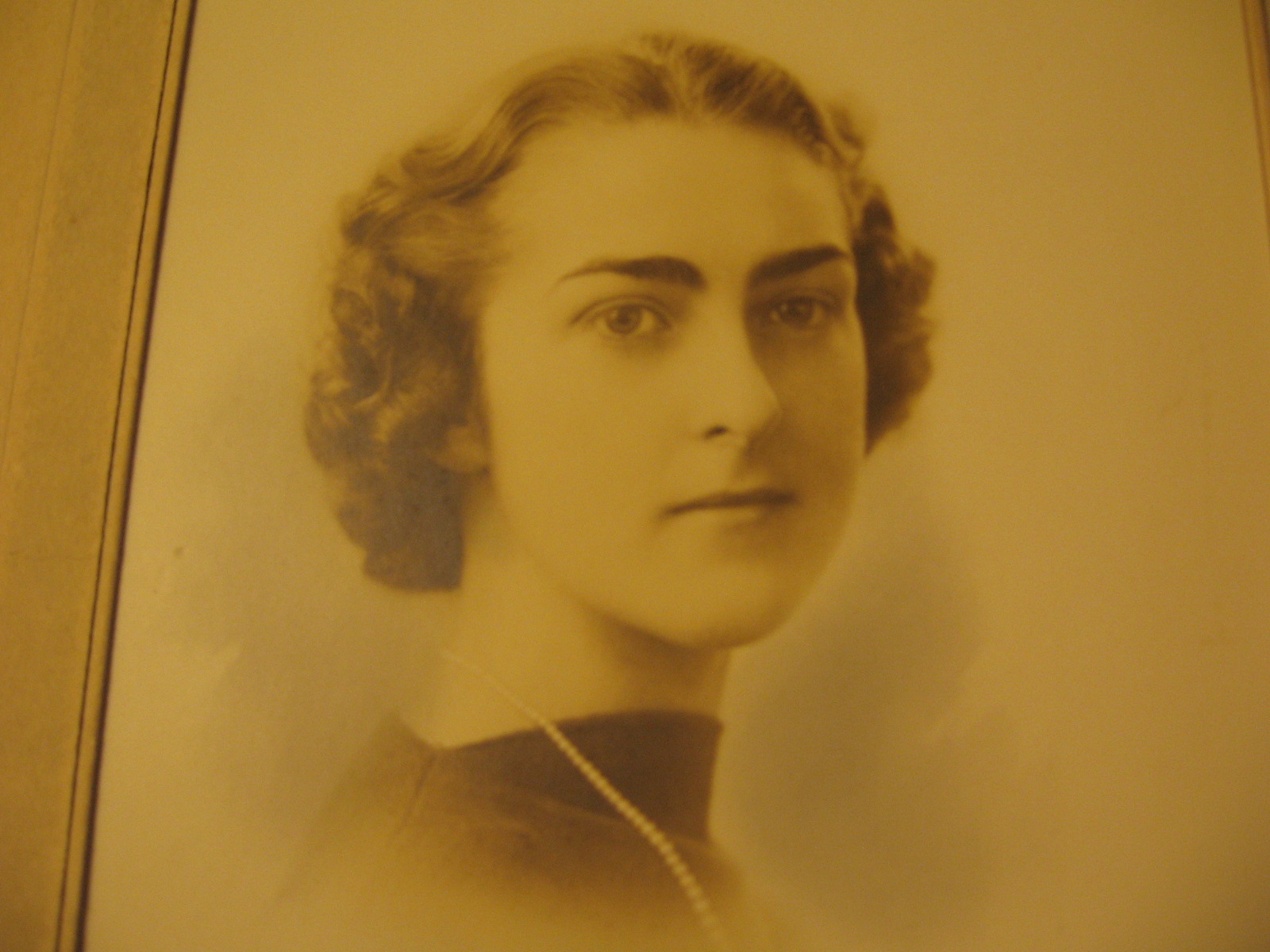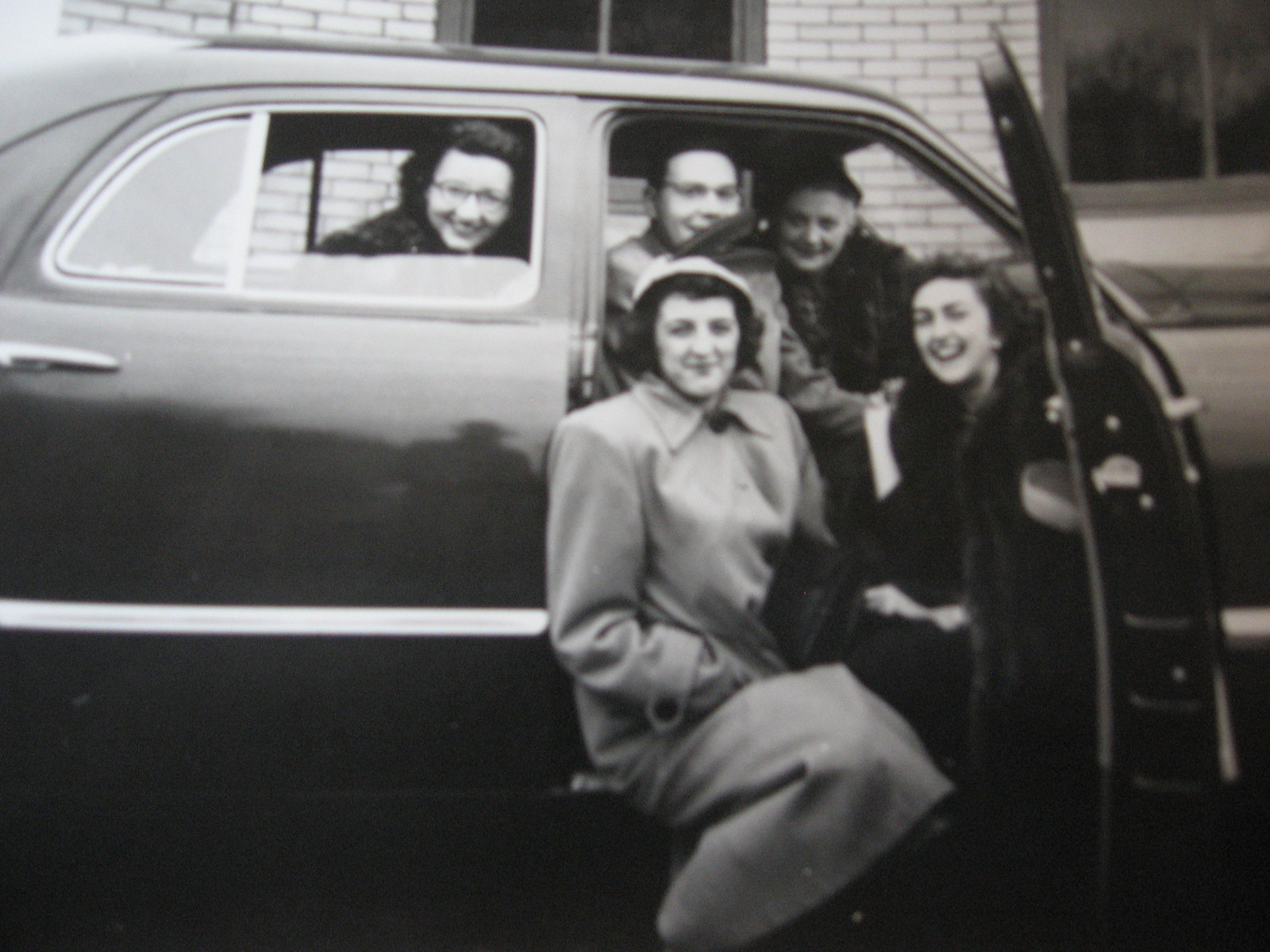
(This post is for family and friends, but feel free to listen in).
Mother’s Day is bittersweet this year, as my mother passed away three months ago. Although I left home at 17 and kept moving farther away, she remained a major force in my life. And although dementia began to rob her memory a few years ago, I also remained a major force in her life. The pain of her passing is only partially offset by the fact that she shared her last wonderful months with us in Peru. Her legacy lives on through our family and in everyone who knew her.
Born in 1921, a year after women won the right to vote in the U.S., Charlotte was always ahead of her time. Her mother had been a stage actress and rebel in her own family, who gave up her career to raise two daughters. Charlotte did not want to give anything up. From childhood she had an intense curiosity about other cultures and a desire to roam the world, avoiding marriage and family commitments until much later than her peers.

Although she dreamed of being an artist or writer, World War II intervened and Charlotte opted to study Occupational Therapy, a new profession that enabled her to join the Army and work with the wounded. She went on to open O.T. departments in rehab centers around the country, living in 26 different places from the rural south to the California coast. Her patients ranged from anonymous Hopi soldiers to famous (and belligerent) politicians. Charlotte believed unequivocally that all people are created equal, that every last person has something important to contribute to this world, and that her job was to help them do so, despite serious forms of disability and distress. I have never met anyone who believed so much in the value of all humanity; something that used to drive me crazy in my youth (did she have to talk to everybody on the bus?) but is now an inspiration.
My mother raised me alone in the turbulent 1960s and liberating 1970s. In 1969 we lived through the horrible Santa Barbara Oil Spill, and spent weeks cleaning up beaches and marine animals. In 1970, student riots led to our town of Isla Vista being occupied by the National Guard. Both experiences made a big impression on me, but even more important was the example set by my mother. By then Charlotte was a total pacifist – for her no war was a good war – and all death was painful, from students and soldiers to pelicans and fish.
When Charlotte retired in 1984, after working her last stint for the State of Washington, she took the vacation of her dreams: to China. Including Inner Mongolia. By camel. While others take Caribbean cruises, Charlotte satisfied a lifelong love for Chinese culture and curiosity about that country´s health care and treatment of the elderly. Both that trip and our visit to Cuzco and Machu Picchu together in 1986 were high points for her. However, she found the poverty and the stark social contrasts in Peru too painful to bear. When I decided to marry a Peruvian and move to this country she was pleased that I was living the kind of life she enjoyed, with a loving family of my own. Yet she knew this meant a lasting distance between us, which Internet and air travel only partially overcame.
One of my cherished memories of Charlotte was watching Barack Obama’s inauguration together in 2009. She recalled living in Georgia in the 1940s, where a black man could get beaten just for looking too long at her window. She was an early and staunch defender of civil rights, and was thrilled to se an African American family in the White House. Actually, mom was planning to vote for Hillary Clinton, believing it was time for a woman to run the country and that Hillary had more experience. But after an all-night town meeting with other Democrats in her precinct, mostly college kids, Charlotte – at 86 – decided to change her vote to Obama, saying that if so many young people were excited about him she ought to support that. I will think about this when I cast my absentee ballot this year, albeit with less enthusiasm.
Although she never became a professional writer, part of Charlotte´s legacy includes over 200 unpublished short stories about her own life and times. During the 1990s, mom enrolled in various extension courses and writing groups, determined to keep a record of the things she had seen and felt. She was aware of how Alzheimer’s and dementia can obliterate family history, and she hoped her grandkids would be interested in knowing about her life. She wrote in private for nearly 15 years before tiring out. Only now, after her death, am I pulling together all those notebooks and yellowed sheets, reading her wonderful and sometimes painful words and sharing them with family and friends.
Thank you, Charlotte Sanborn, for all that you have given me, and for showing us just how much difference one person can make in this world.

Here are two of her many stories.

